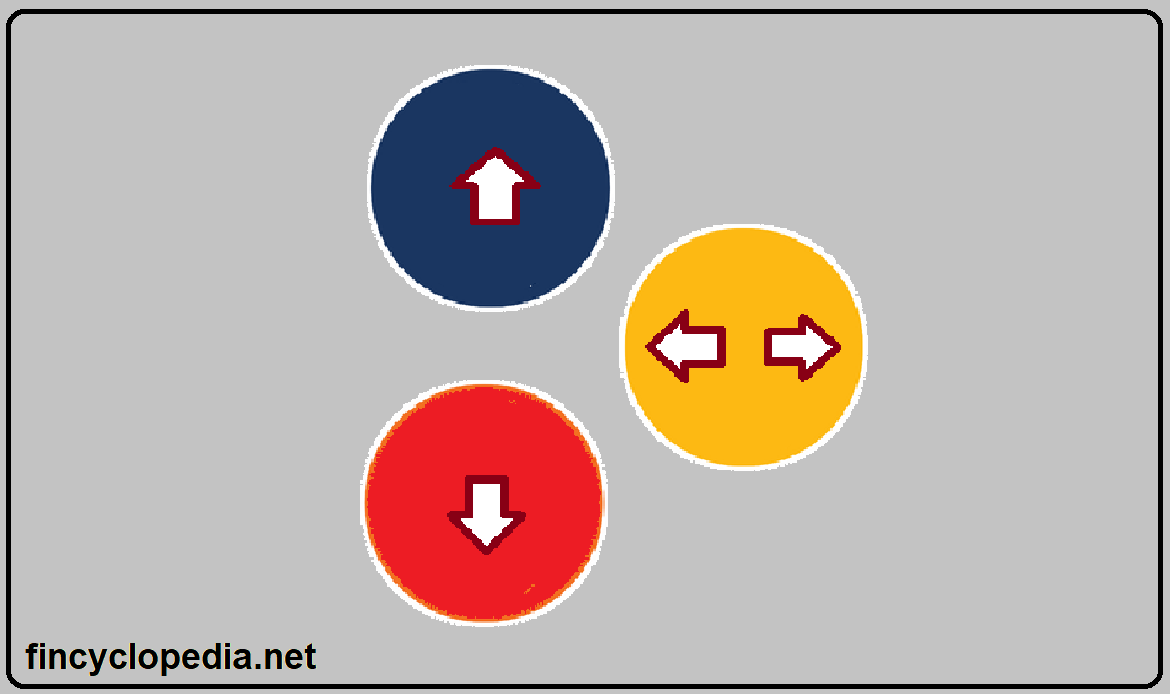A fair value hedge is a hedge that accounts for the changes in the fair value of a recognized asset or liability or that of an unrecognized firm commitment, that results from a specific risk. Fair value hedges involve the use of derivatives. For example, for a recognized liability, fair value hedge can be established using swaps (variable for fixed- floating for fixed swaps). For an unrecognized firm commitment, a forward foreign exchange contract is typically used.
On the other hand, a cash flow hedge is a hedge that aims to mitigate the risks associated with future cash flows (e.g., the risk of change in foreign currency exchange rate and its impact on the cash flows expected to be generated in the future). Future cash flows may vary due to change in prices or rates used in a given transaction. This type of hedge can be used on both sides of a balance sheet: for assets as well as for liabilities. An example of an existing asset is the expected cash flows from a sale transaction involving raw materials or machinery (from an international supplier). In this case, the cash flows that would be needed to purchase the items could change between the forecast date and the purchase date (price effect), or due to fluctuations in exchange rates (domestic currency vs. foreign currency) (exchange rate effect).
In short, a fair value hedge is used by entities in an attempt to mitigate risk arising from fixed exposures/ fixed items (fixed costs, fixed prices, etc.)- i.e., items that have a fixed value on an entity’s accounts. In turn, a cash flow hedge involves mitigation of risks associated with variable exposures (e.g., floating rates, exchanges rates, etc.)
In addition to the above conceptual and practical differences, a fair value hedge accounts for hedge ineffectiveness on both over-hedges and under-hedges, i.e., ineffectiveness is recognized for both situations (the cumulative change in a hedging instruments exceeds/ or falls short of the change in a hedged item). In a cash flow hedge, ineffectiveness is recognized only in the case of over-hedge: if the cumulative change in the hedging instrument is larger than the change in the hedged item.







